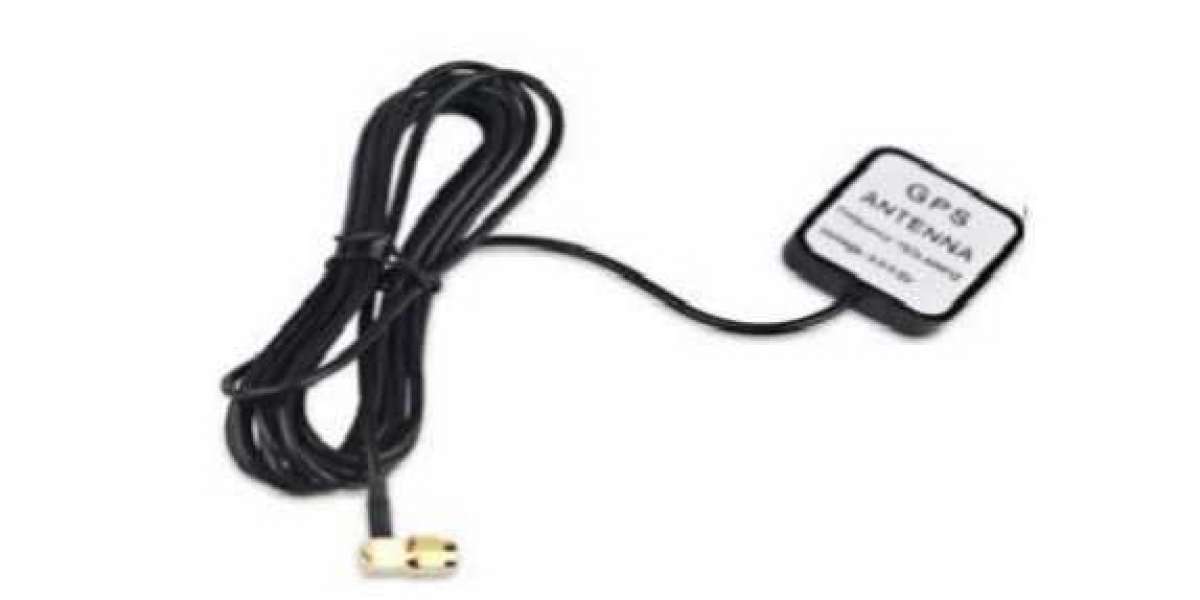GPS (Global Positioning System) antennas are crucial components that receive signals from GPS satellites to determine accurate location information. These antennas capture signals transmitted by GPS satellites orbiting the Earth, enabling devices like GPS receivers, navigation systems, and other location-based applications to determine their precise geographical coordinates.
GPS antenna are designed specifically to capture and process signals from GPS satellites operating within the L-band frequency range. They come in various types, including patch antennas, helical antennas, and external active antennas, each tailored for different applications and signal reception requirements.
How to Install a GPS Antenna
Installing a GPS antenna necessitates strategic planning and precise execution to ensure optimal signal reception and accurate positioning. Here's a step-by-step guide on how to install a GPS antenna:
Materials Required:
- GPS Antenna: Choose an antenna suitable for GPS applications and designed for the required frequency bands and signal sensitivity.
- Mounting Hardware: Brackets, clamps, or mounting kits for secure installation.
- Coaxial Cable: High-quality coaxial cable for connecting the antenna to the GPS device or receiver.
- Tools: Basic tools like screwdrivers, wrenches, cable cutters, and a drill (if needed for mounting).
Step 1: Site Selection and Planning
- Conduct a site survey to determine the optimal location for installing the GPS antenna. Aim for a clear line-of-sight to the sky, away from obstructions that could interfere with signal reception.
Step 2: Mounting the Antenna
- Use appropriate mounting hardware to securely install the GPS antenna. Position it in a way that maximizes exposure to GPS satellites, such as on a roof, pole, or vehicle roof rack.
Step 3: Connecting the Coaxial Cable
- Connect one end of the coaxial cable to the GPS antenna and the other end to the GPS device or receiver. Ensure weatherproof connectors for outdoor installations to prevent moisture or corrosion.
Step 4: Grounding (If Necessary)
- Depending on the installation environment and local regulations, consider grounding the GPS antenna and coaxial cable for protection against electrical surges.
Step 5: Adjusting and Testing
- Fine-tune the antenna's orientation for optimal signal reception. Utilize GPS receiver software or devices to confirm accurate positioning and signal acquisition.
Step 6: Securing the Installation
- Confirm that all connections are secure and the GPS antenna is firmly mounted in the desired position to avoid any potential signal disruptions.
Conclusion
GPS antennas are instrumental in receiving signals from GPS satellites, enabling accurate positioning and navigation for a wide range of applications. Proper installation involves careful planning, selecting an optimal site, securely mounting the antenna, connecting the coaxial cable, adjusting for optimal signal reception, and ensuring a secure installation. Following these steps ensures reliable GPS signal reception, contributing to accurate location determination and efficient GPS functionality.



